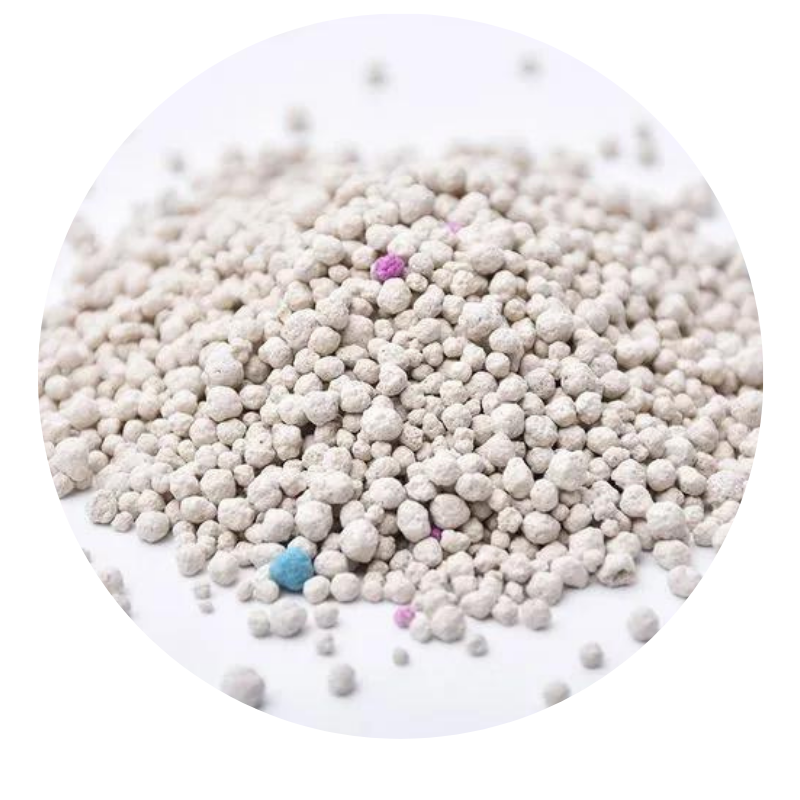
rutile titanium dioxide manufacturers
An Overview of Rutile Titanium Dioxide Manufacturers
Rutile titanium dioxide (TiO2) is one of the most widely used materials in various industries, primarily due to its excellent opacity, brightness, and UV resistance. Titanium dioxide exists in three crystalline forms rutile, anatase, and brookite, with rutile being the most stable and widely applied variant. This article delves into the manufacturing process, major producers, applications, and the market dynamics surrounding rutile titanium dioxide.
Manufacturing Process
The production of rutile titanium dioxide typically involves two primary processes the sulfate process and the chloride process.
1. Sulfate Process This method utilizes titanium ore, mainly ilmenite, which is treated with sulfuric acid to produce titanium dioxide. The resulting product is then separated and purified. The sulfate process tends to produce a lower quality TiO2 compared to the chloride process, but it is still a common method for manufacturers due to its cost-effectiveness.
2. Chloride Process This process, on the other hand, uses a more refined approach. Titanium tetrachloride (TiCl4) is created from titanium ore, which is then oxidized in a high-temperature furnace to produce rutile titanium dioxide. The chloride process results in a purer form of TiO2, which is characterized by its higher opacity and brightness, making it highly desirable for premium applications.
Both processes have distinct environmental footprints, with the sulfate process generating more waste products. However, increased regulation and technological advancements have encouraged some manufacturers to adopt cleaner, more sustainable practices in their operations.
Major Manufacturers
Globally, there are several key players in the rutile titanium dioxide market. These include
- The Chemours Company One of the largest producers of titanium dioxide, Chemours operates several production facilities worldwide. Their TiO2 products, particularly those made via the chloride process, are renowned for their high quality. - Tronox Holdings plc This company is a major titanium products manufacturer who specializes in both rutile and anatase forms of titanium dioxide. Their operations span across various continents, positioning them as a dominant player in the market.
- Huntsman Corporation Known for its diverse range of chemical products, Huntsman produces an array of titanium dioxide pigments that cater to different industrial needs and applications
.rutile titanium dioxide manufacturers

- Titanium Products, Inc. This manufacturer emphasizes innovation, producing a variety of specialty titanium dioxide products used in niche applications.
- Lomon Billions Group Based in China, this company is recognized as one of the largest producers of titanium dioxide in Asia, focusing on both rutile and anatase types.
Applications
Rutile titanium dioxide is primarily used in the production of pigments for paints, coatings, plastics, and paper. Its high refractive index and strong pigmentation qualities make it an ideal choice for enhancing the whiteness and opacity of products. Additionally, rutile TiO2 is utilized in the production of inks, cosmetics, and food coloring, further demonstrating its versatility.
Apart from its widespread use in consumer goods, rutile titanium dioxide is increasingly being employed in the automotive and construction industries due to its UV protection and durability. The photovoltaic industry also recognizes its value, where TiO2 is used as a component in solar cells.
Market Dynamics
The global demand for rutile titanium dioxide is influenced by several factors, including economic growth, environmental regulations, and advancements in manufacturing technologies. Emerging markets in Asia-Pacific, particularly China and India, have been significant drivers of demand, as these regions experience rapid industrialization and urbanization.
Sustainability is becoming an essential consideration for manufacturers and consumers alike. As the world shifts towards eco-friendly products and processes, rutile titanium dioxide manufacturers are tasked with adopting sustainable practices, exploring alternatives, and investing in Research and Development to innovate greener solutions.
Conclusion
Rutile titanium dioxide plays a pivotal role in numerous industries, contributing to the production of essential consumer goods and advanced materials. The manufacturers within this sector must navigate the complexities of production processes, environmental concerns, and an evolving market landscape to meet the growing demand for high-quality titanium dioxide products. With continued innovation and attention to sustainable practices, rutile TiO2 is poised to maintain its position as a vital ingredient in various applications worldwide.
Share
-
Premium Pigment Supplier Custom Solutions & Bulk OrdersNewsMay.30,2025
-
Top China Slag Fly Ash Manufacturer OEM Factory SolutionsNewsMay.30,2025
-
Natural Lava Rock & Pumice for Landscaping Durable Volcanic SolutionsNewsMay.30,2025
-
Custom Micro Silica Fume Powder Manufacturers High-Purity SolutionsNewsMay.29,2025
-
Custom Mica Powder Pigment Manufacturers Vibrant Colors & Bulk OrdersNewsMay.29,2025
-
Custom Micro Silica Fume Powder Manufacturers Premium QualityNewsMay.29,2025






